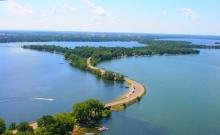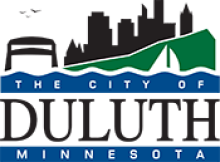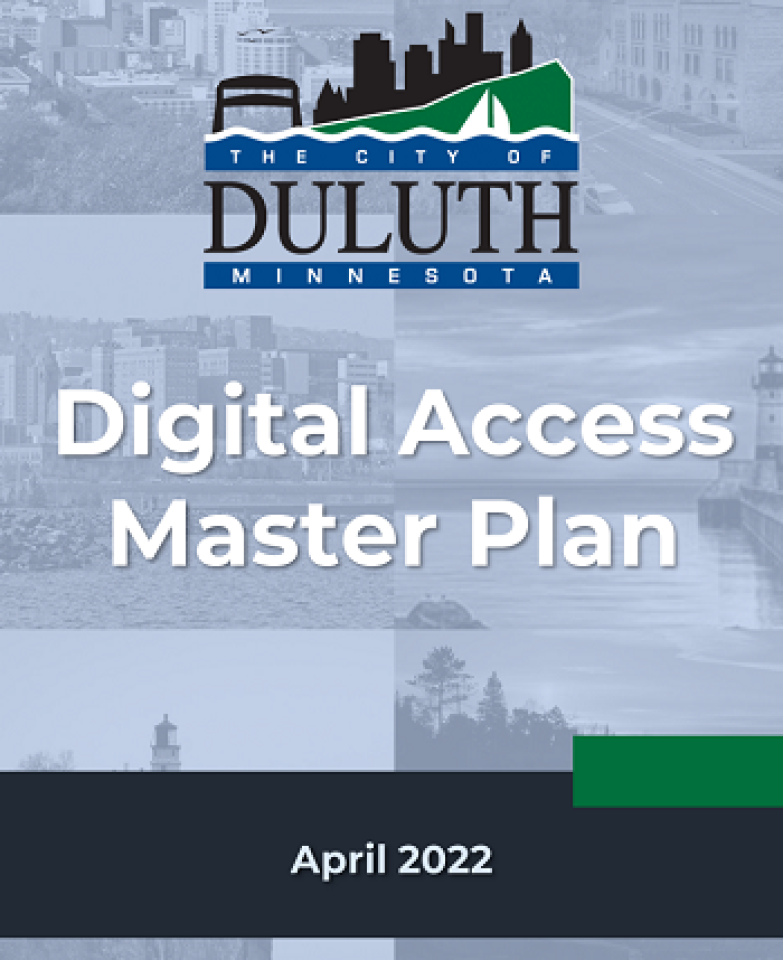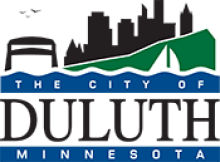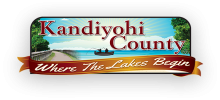Arvig Buys Business-Facing Municipal Fiber Network in Alexandria, Minnesota
In an announcement last week, Alexandria, Minnesota's (pop. 15,000) electric and water utility (ALP Utilities) announced it would be selling its business-facing fiber network to Arvig, a 40-percent employee-owned Internet Service Provider (ISP) that has 54,000 subscribers across urban and rural Minnesota. The deal was for 130 business accounts, including 77 routes miles of fiber and 13 additional miles of conduit, for a total of $3.25 million. Consideration of the move goes at least back to October of last year.
A Practical Solution With Added Local Benefits
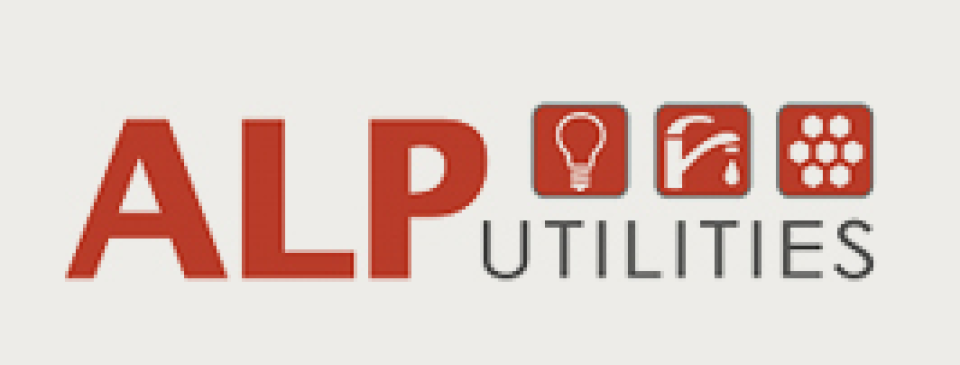
The move sunsets the last of the city's retail municipal network infrastructure, which began as a joint project with Runestone Electric Association in the 1990s that offered DSL service to homes and businesses before expanding to include some fiber offered to local businesses in the early 2000s, and continued today with some additional dark fiber offerings as part of its portfolio. The goal, then as now, was to see how the utility could intervene to improve connectivity options for residents in the area. Christopher spoke with General Manager Al Cowser in 2016 about the efforts' origins and progress in its first two decades of life.
To that end, the deal made sense, shared current General Manager Ted Cash in an interview with ILSR. The financial modeling the utility did when it considered expanding the fiber network to a larger proportion of the city, including the hiring of the staff required to run services in-house, didn't return the numbers they needed to make it work, he also said.
The final Board vote took place on January 17th via Resolution No. 2023-01, with no opposition.
What Happens Next?


